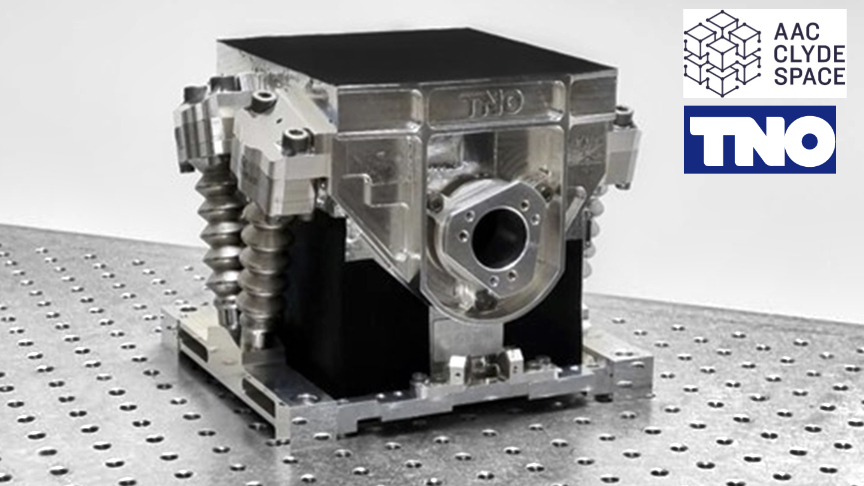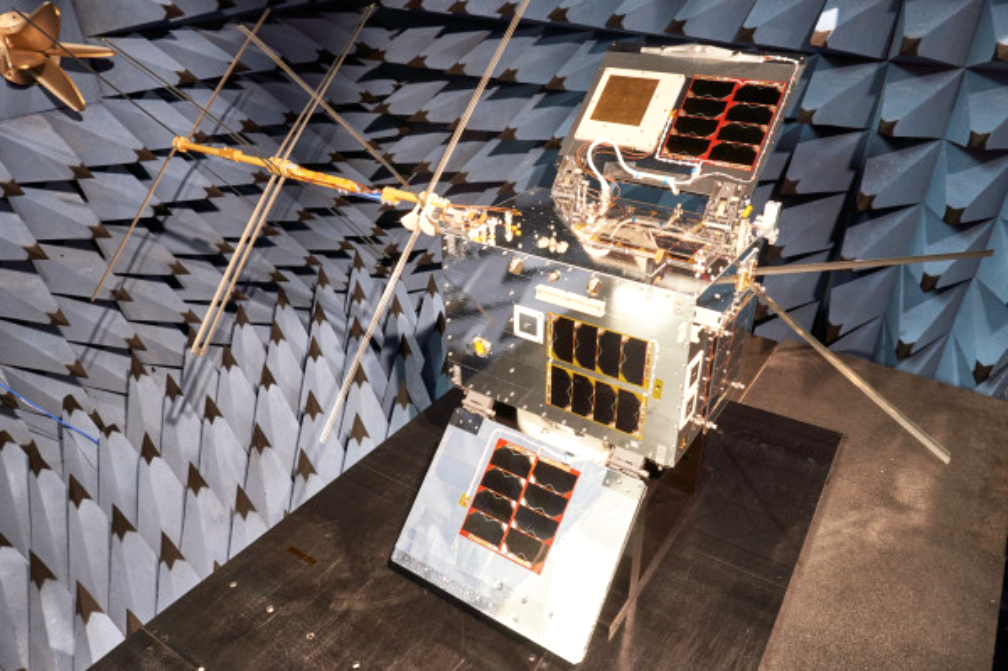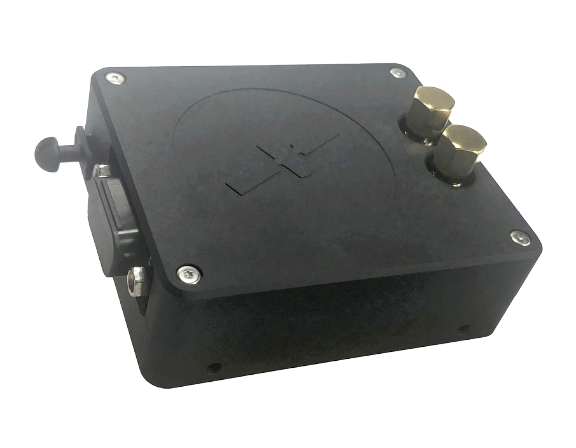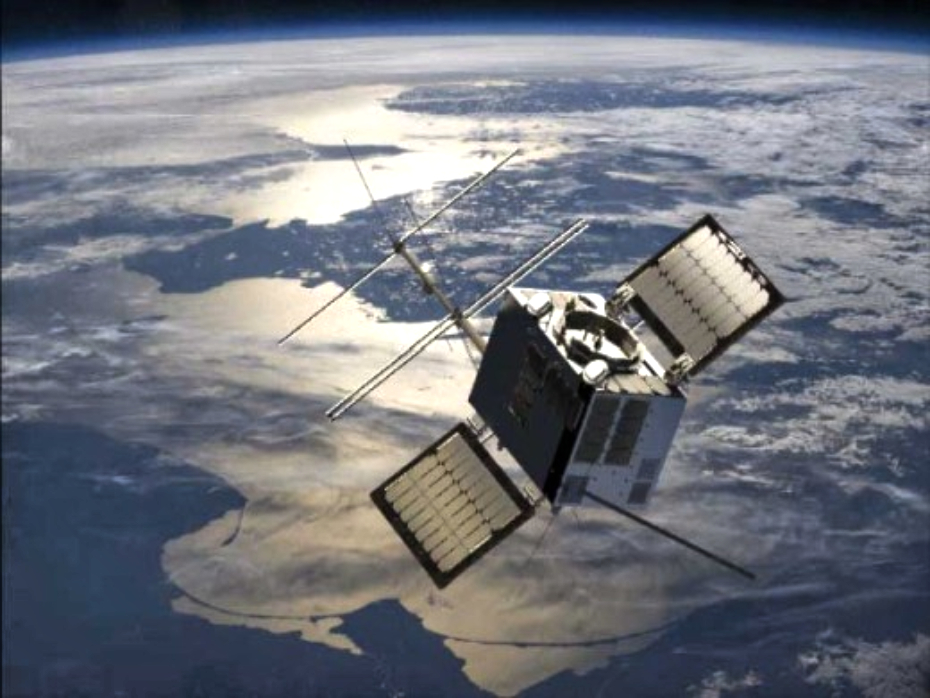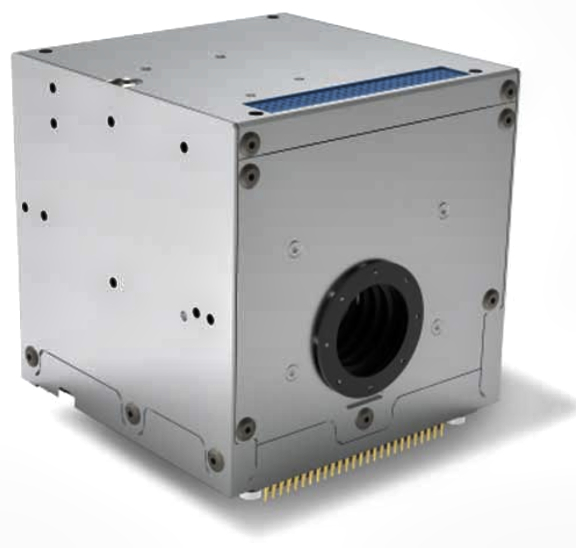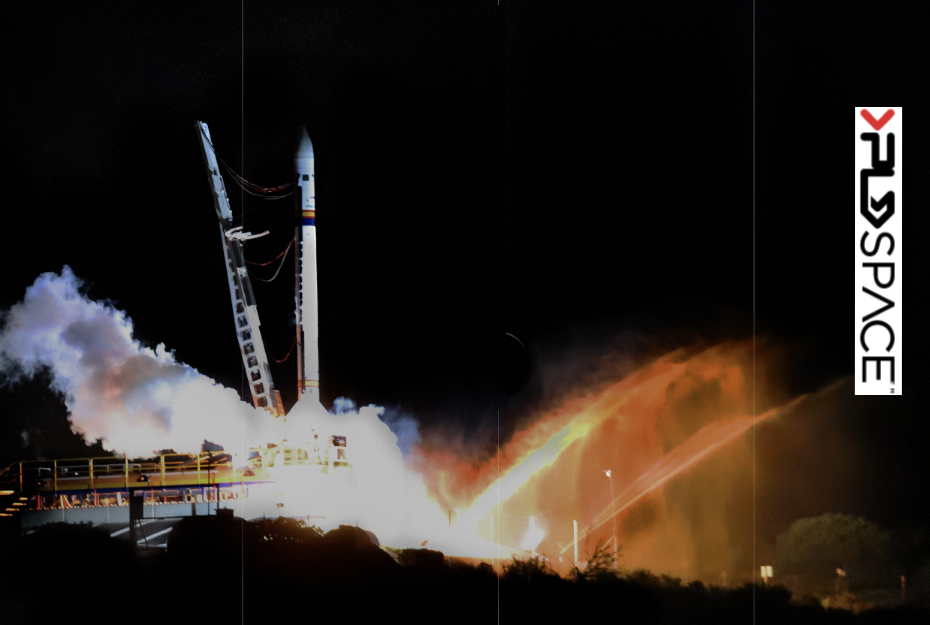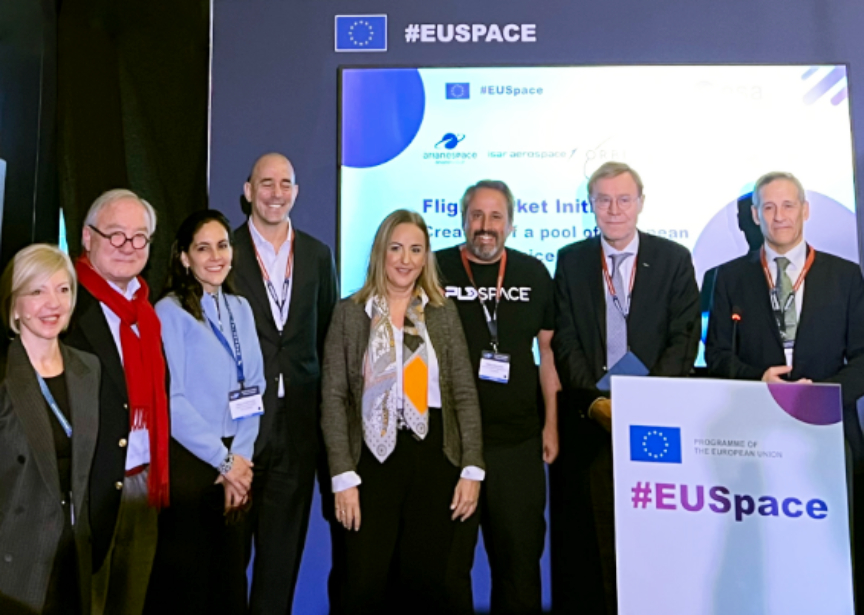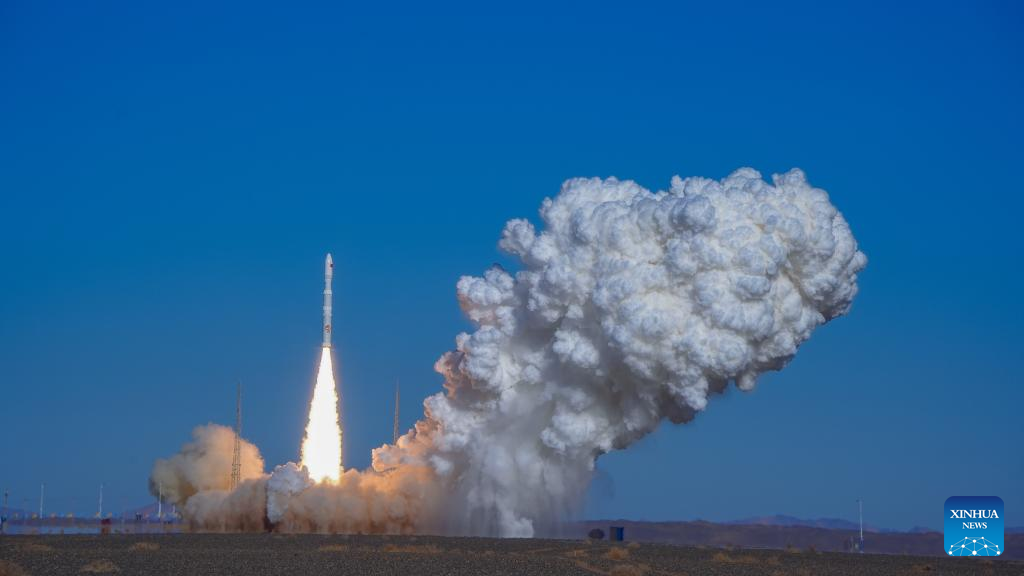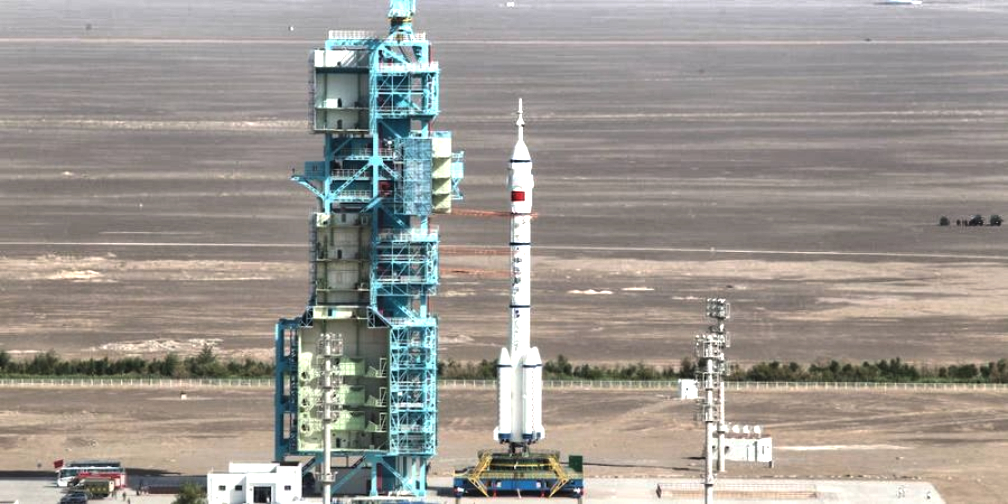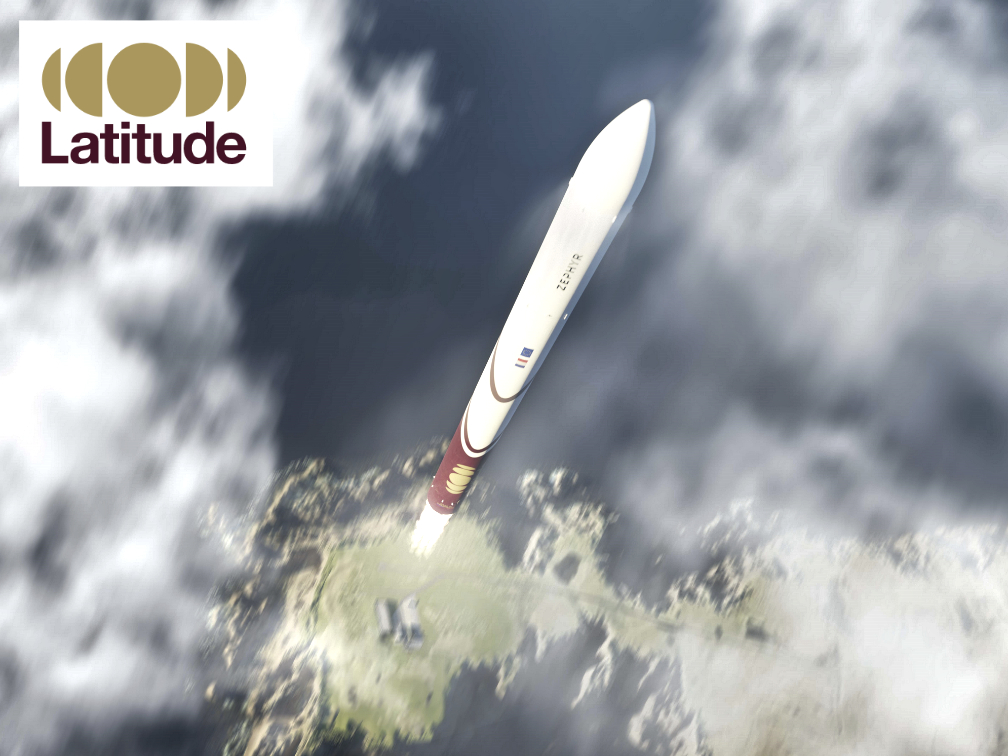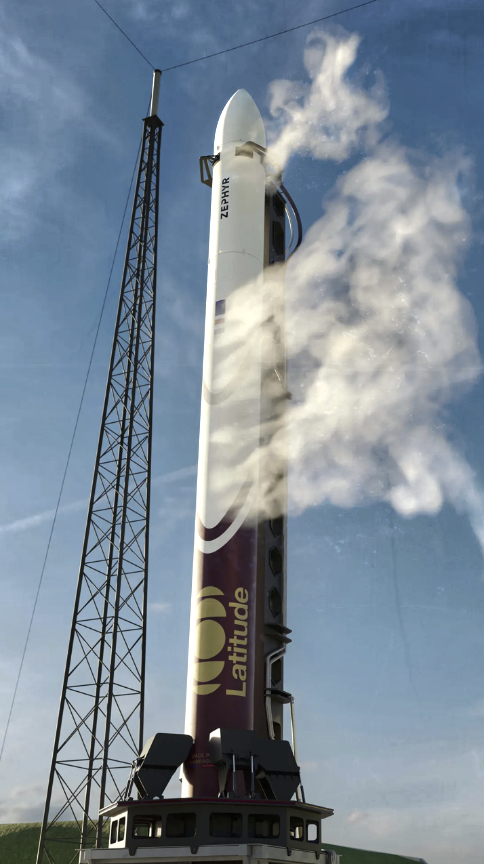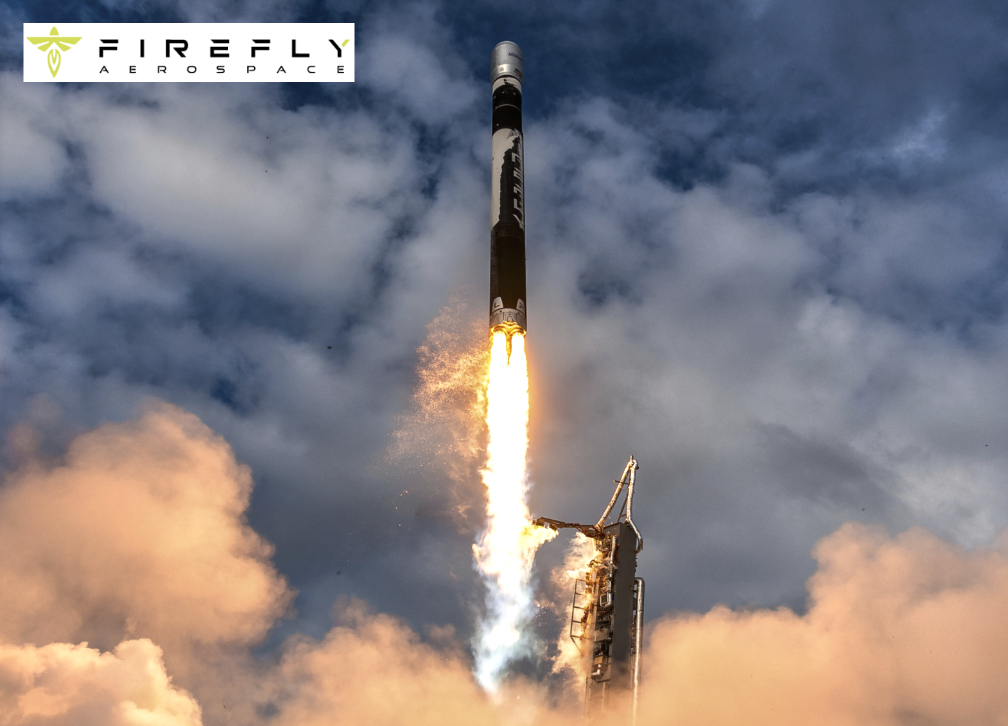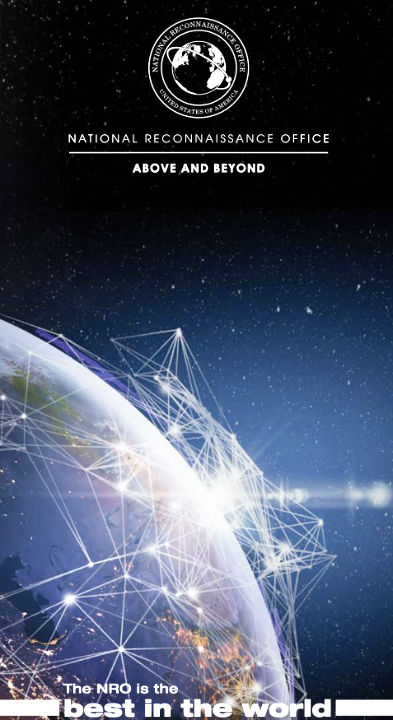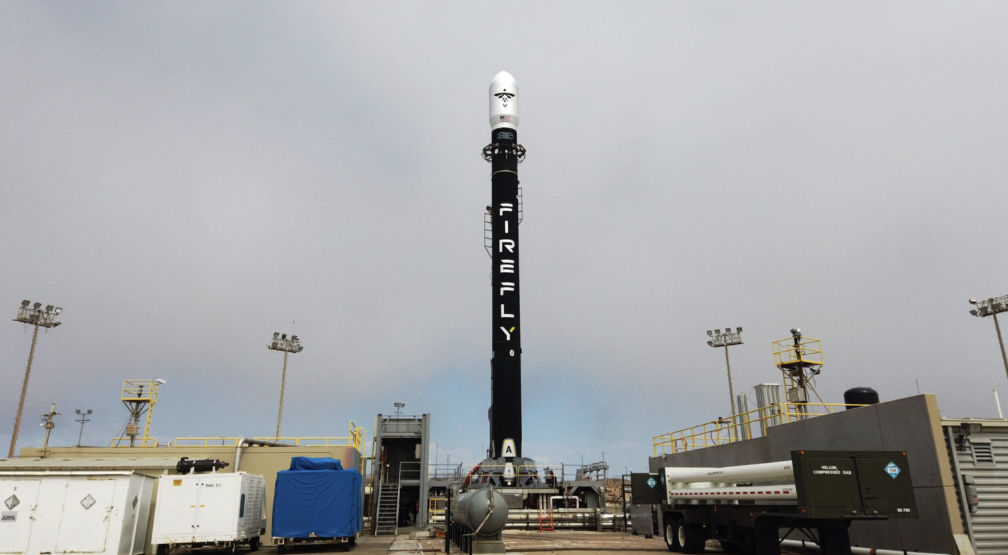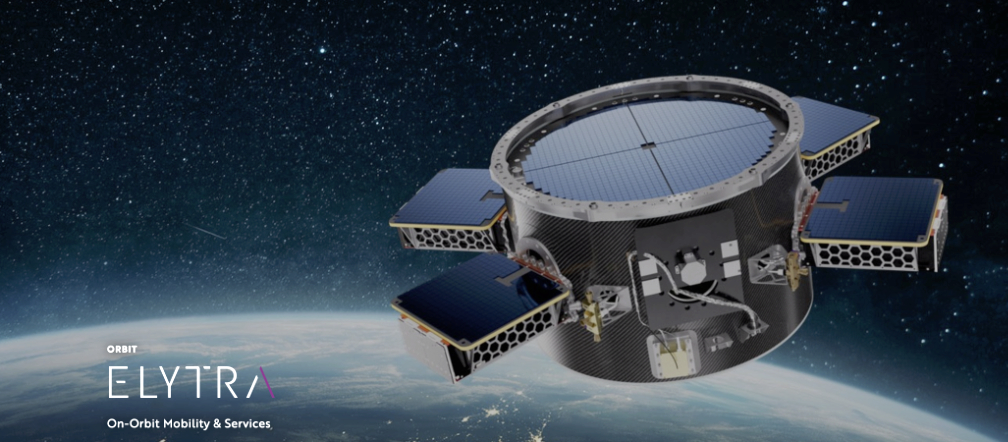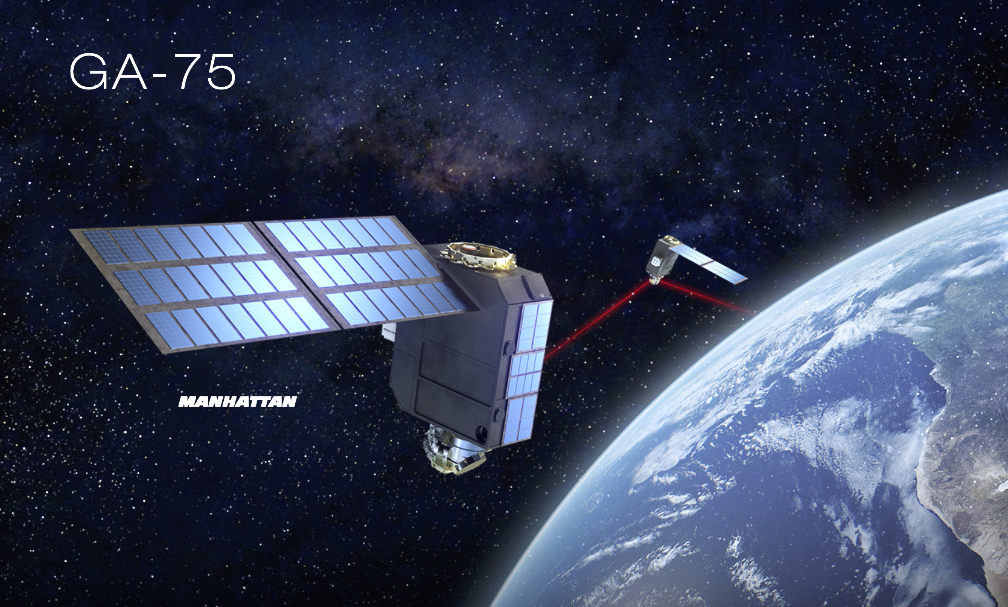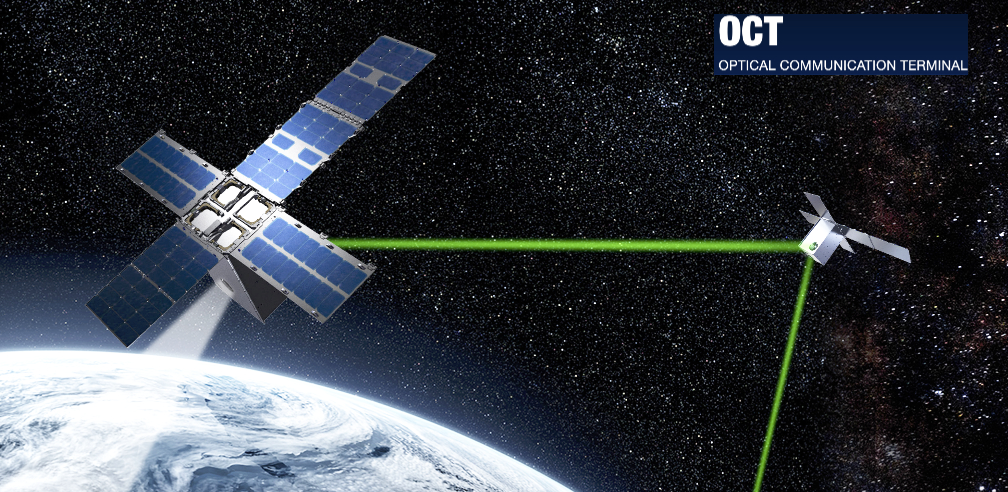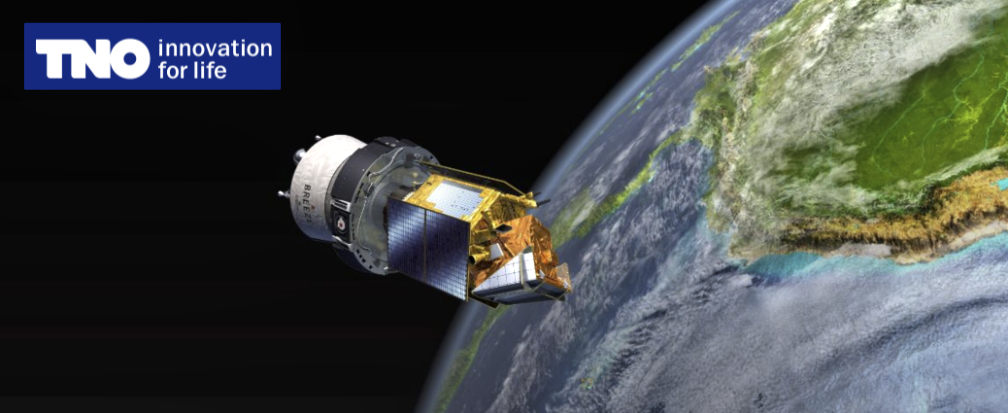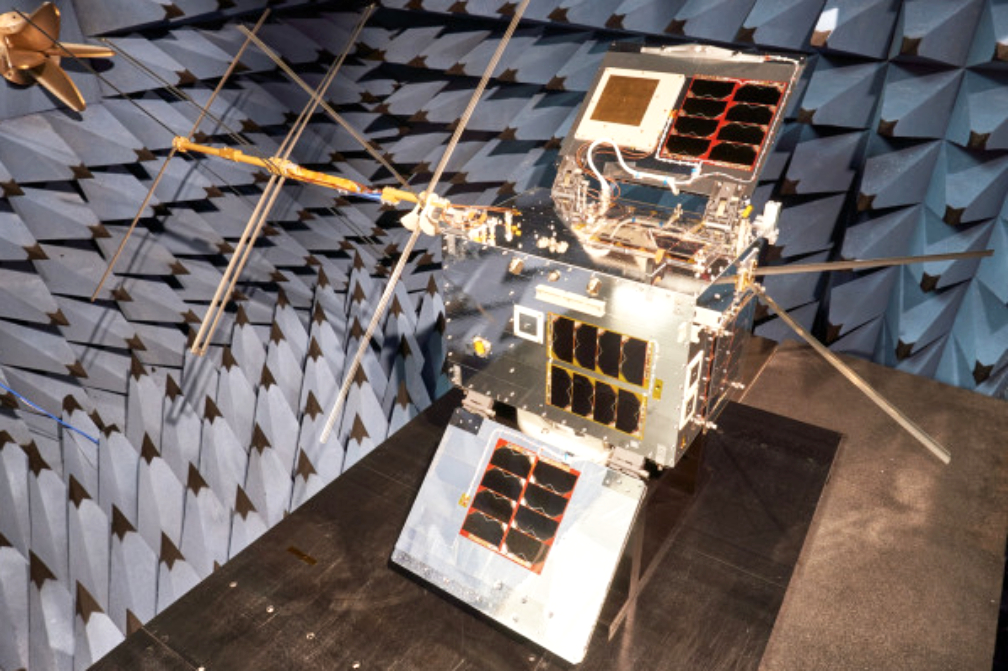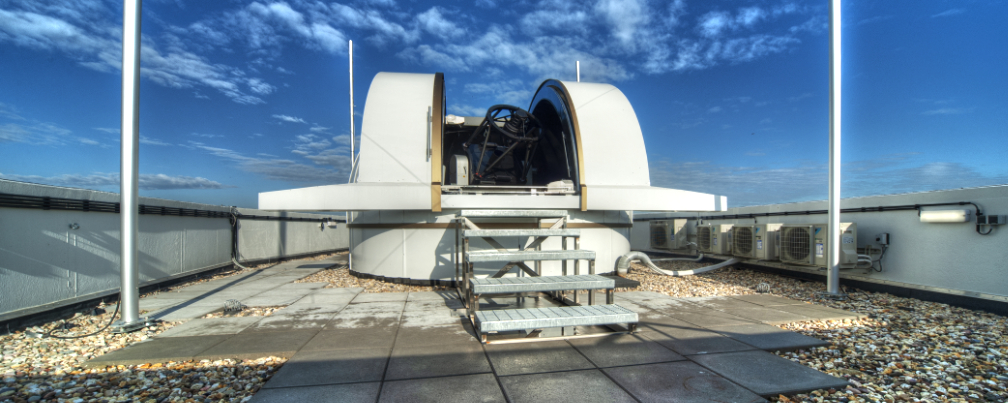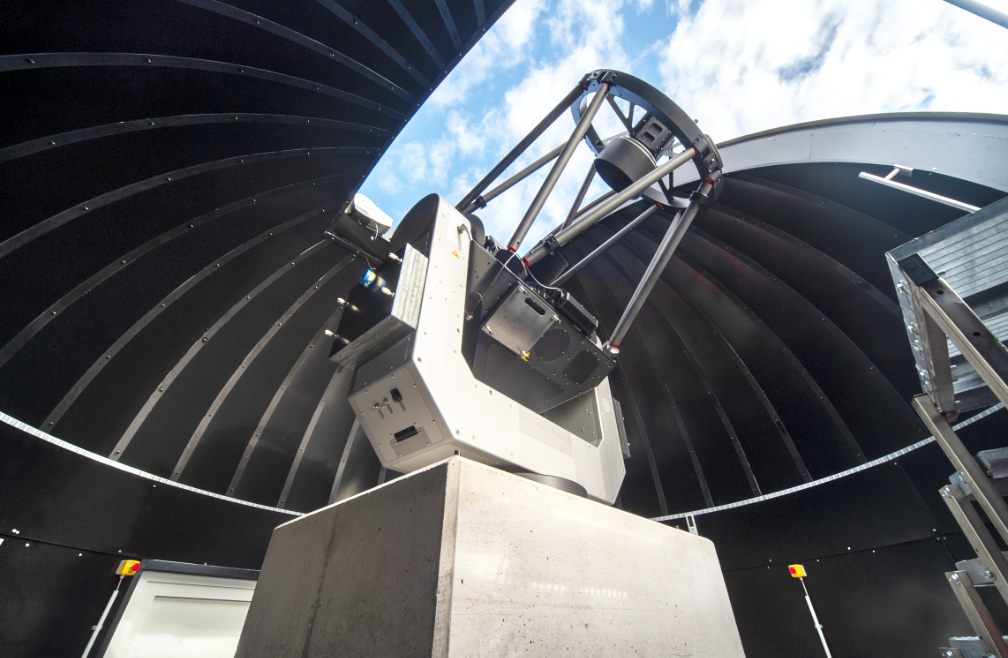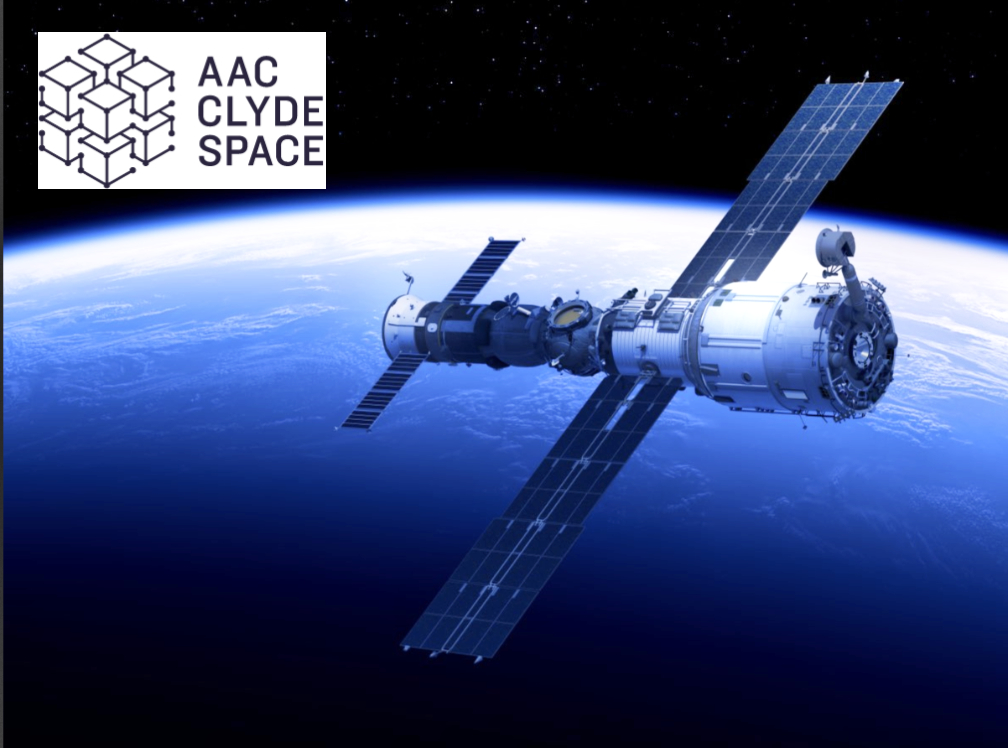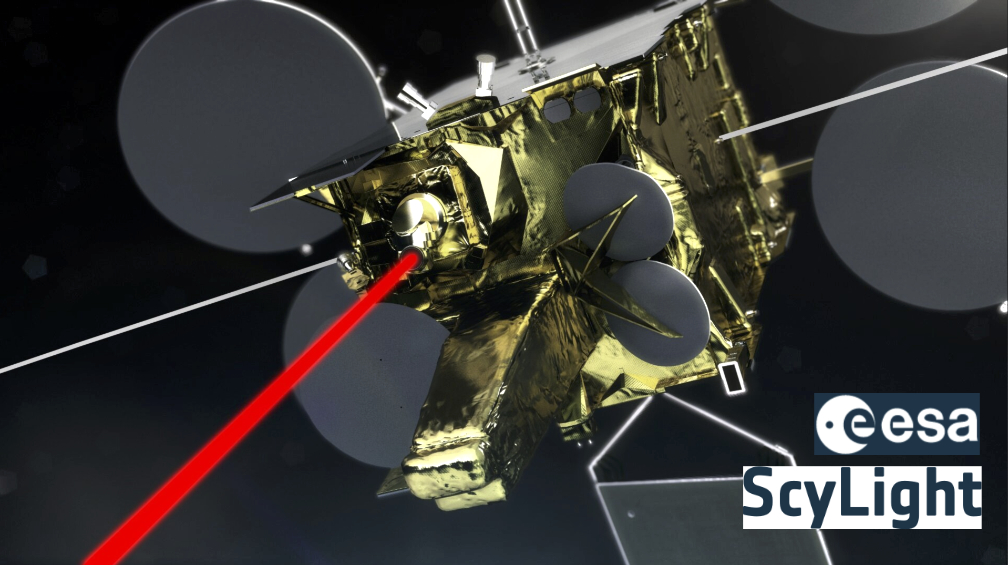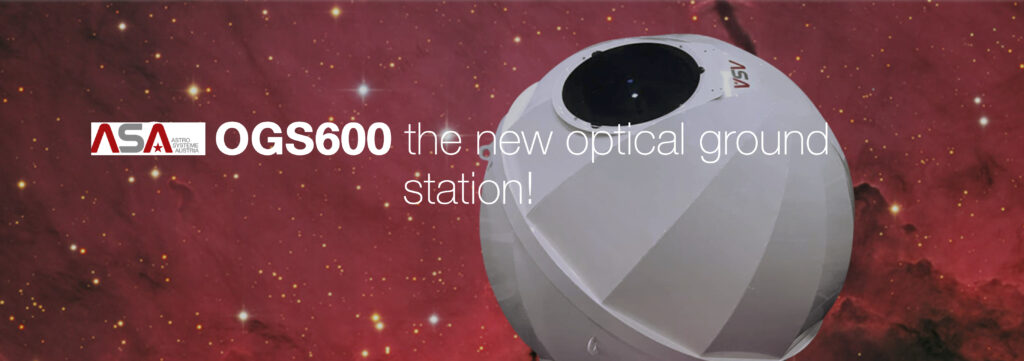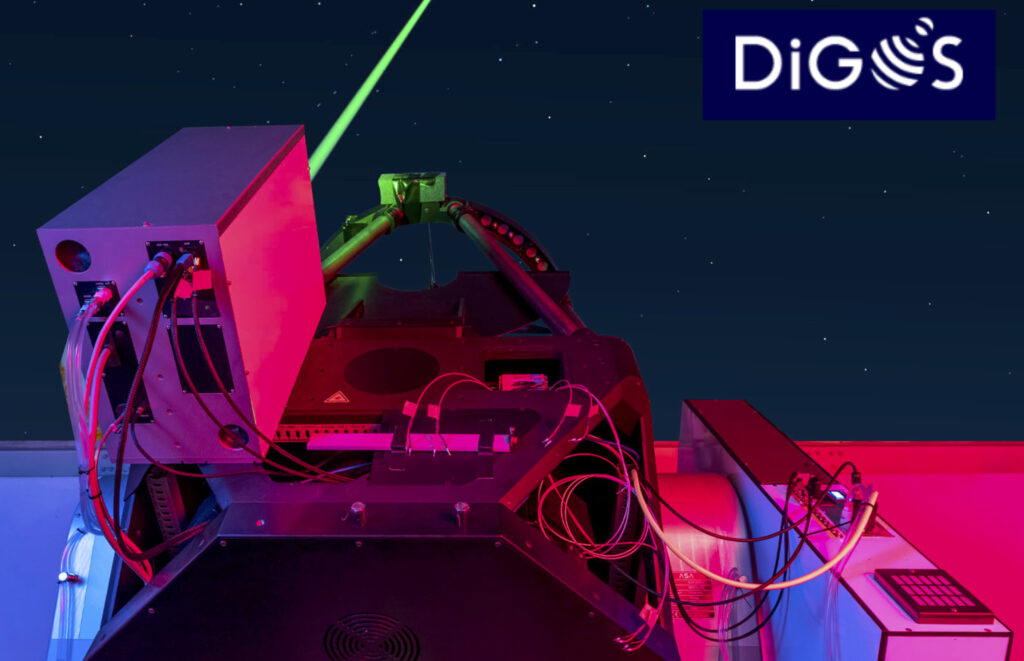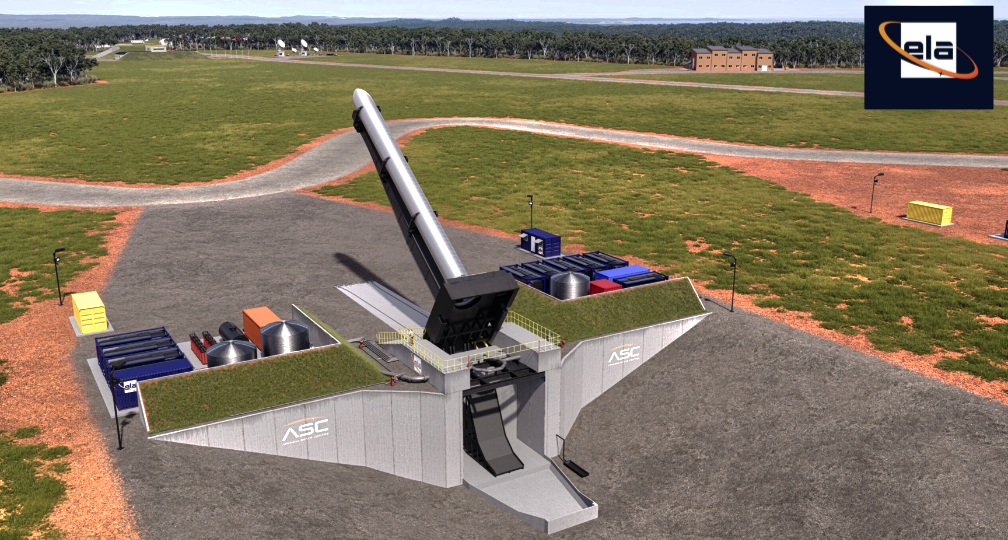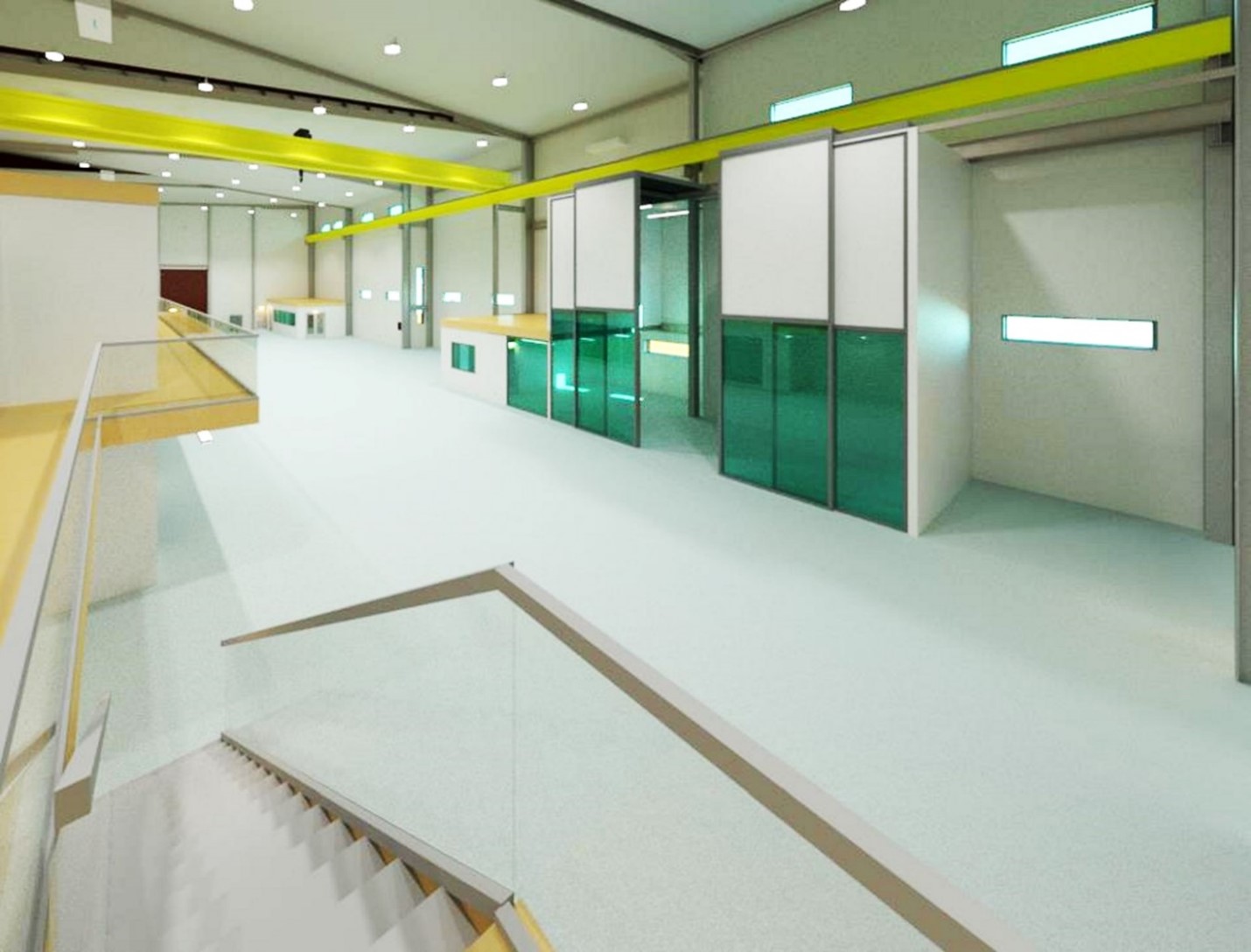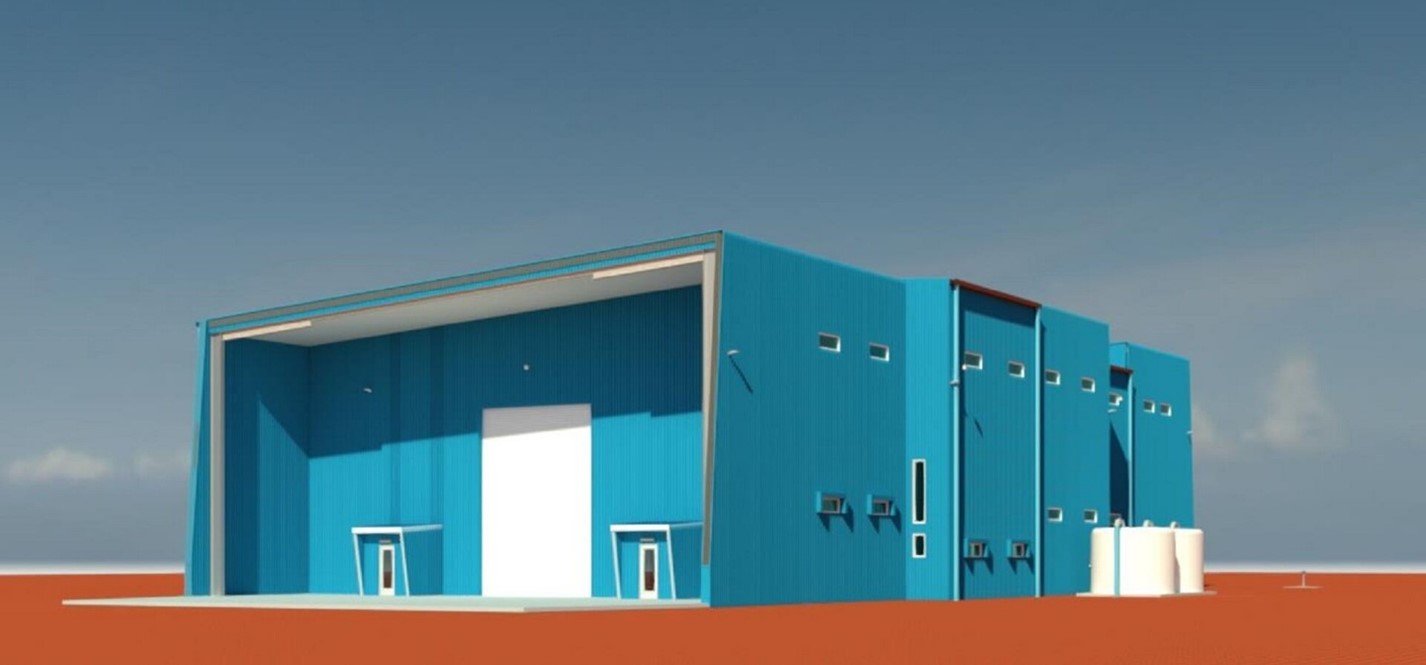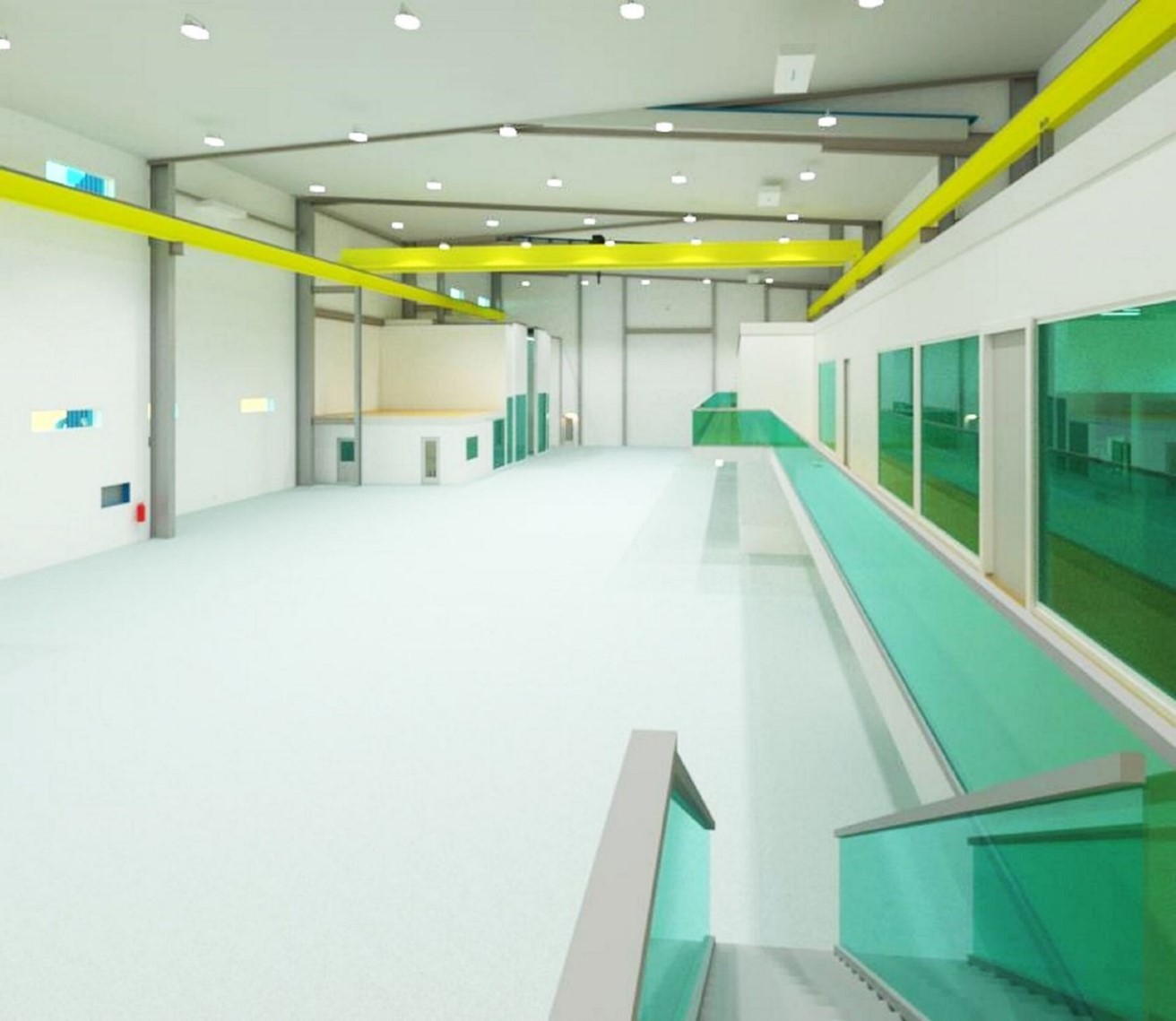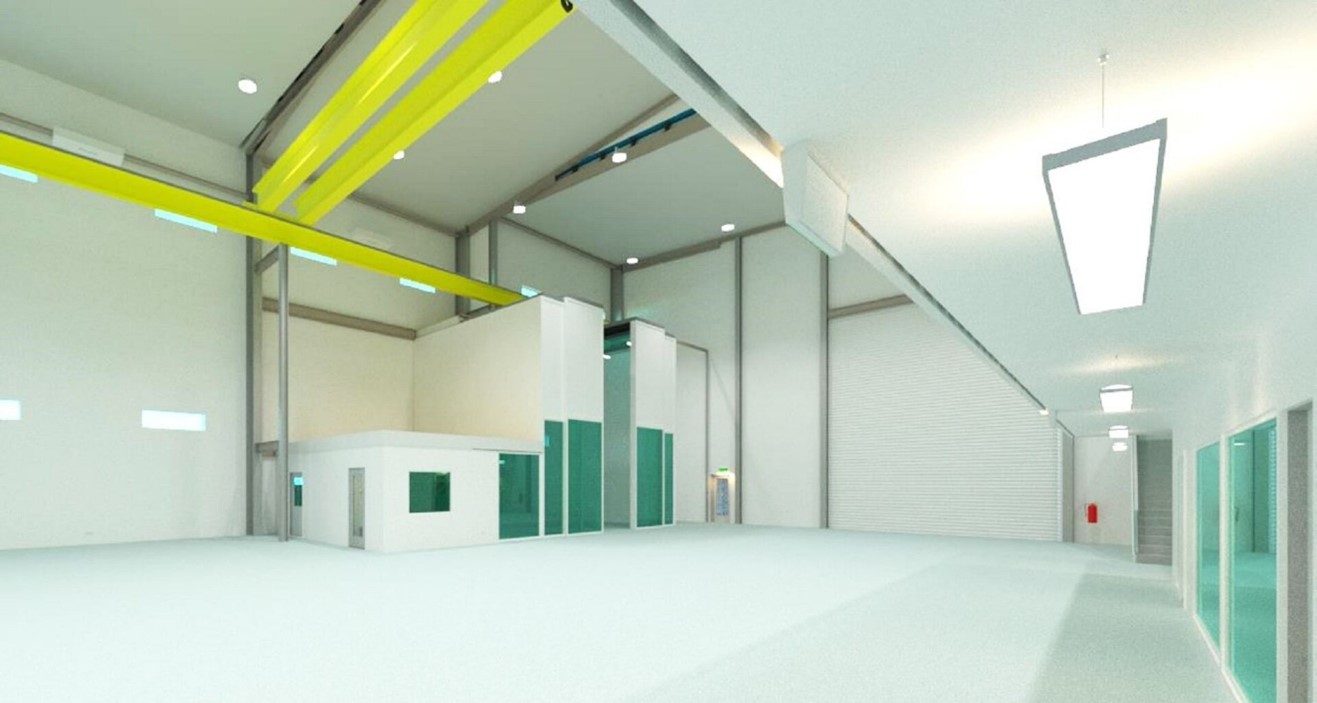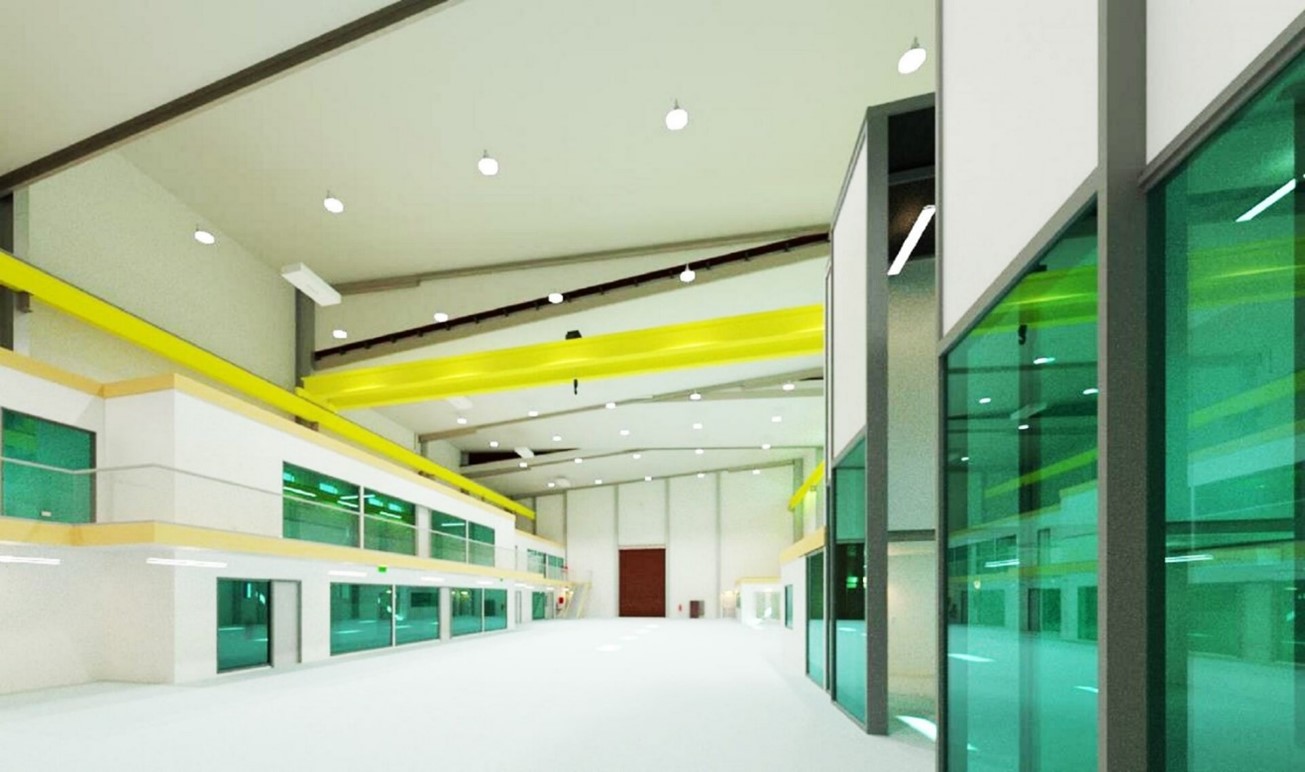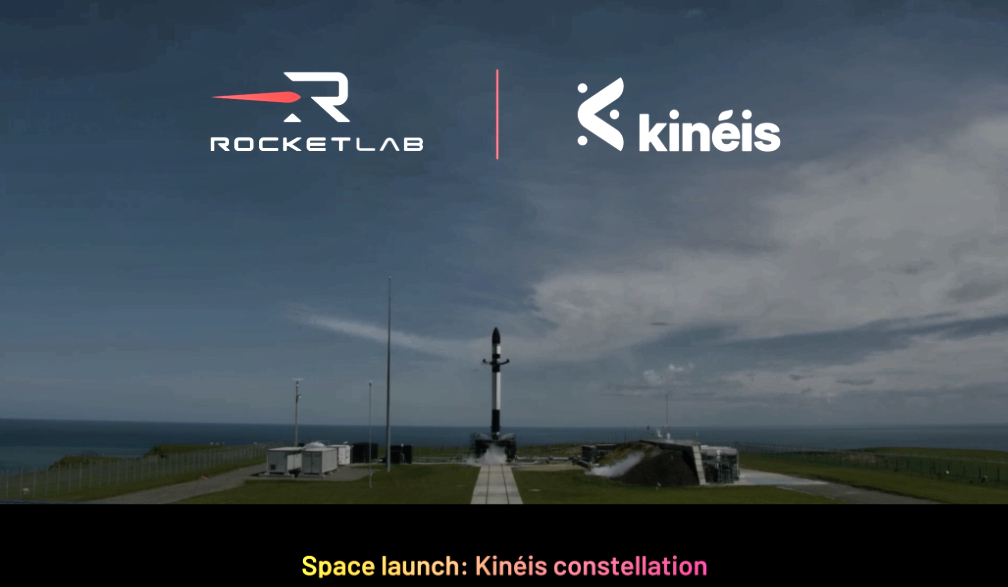
Kinéis has announced the launch window for the first of five launches of the company’s smallsats that are dedicated to the Internet of Things (IoT). Scheduled to occur between June 10 and July 9, 2024, this event marks a crucial milestone in the development of the Kinéis system.
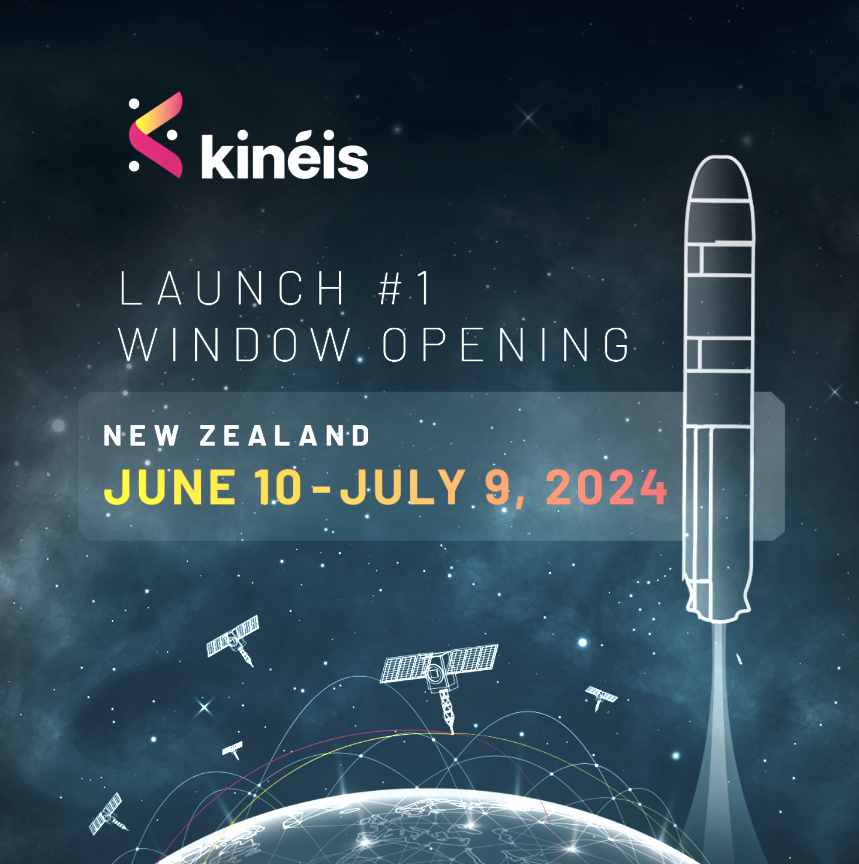
Kinéis is marking a new era in the French space sector with the deployment of this constellation of 25 nanosatellites, the first of its kind in Europe dedicated to IoT.
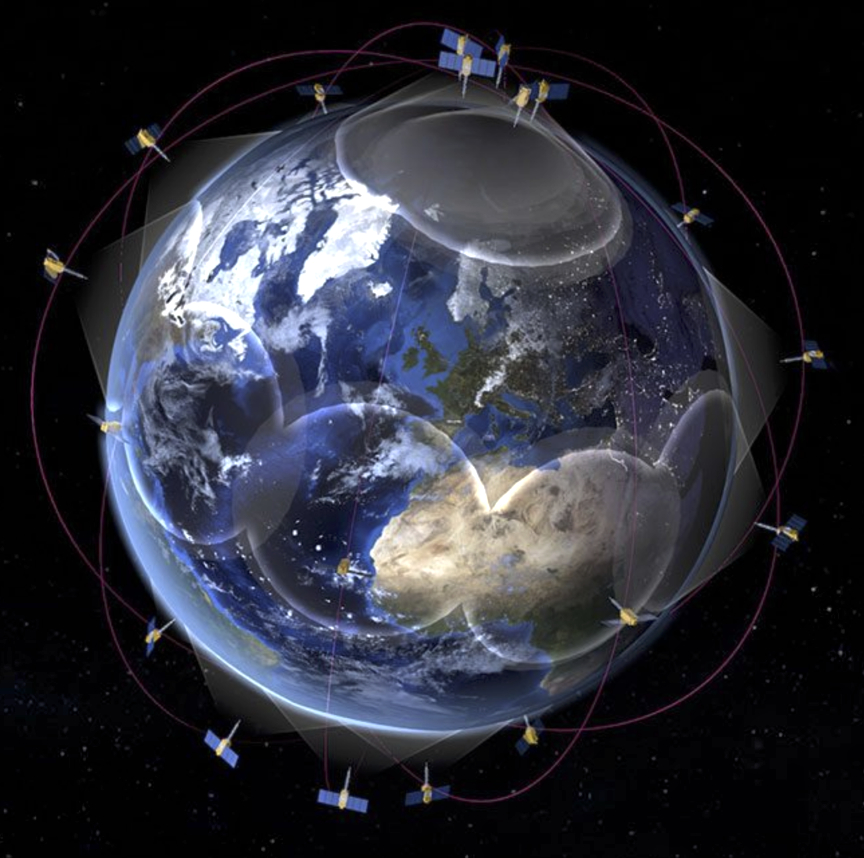
With almost 90% of the Earth’s surface not covered by terrestrial networks, Kinéis provides a direct response to connectivity needs. The mission of Kinéis’ Space IoT is to connect and locate any object, anywhere on the Earth’s surface, guaranteeing data transmission in near-real time, at low bit rates, with minimal energy consumption.
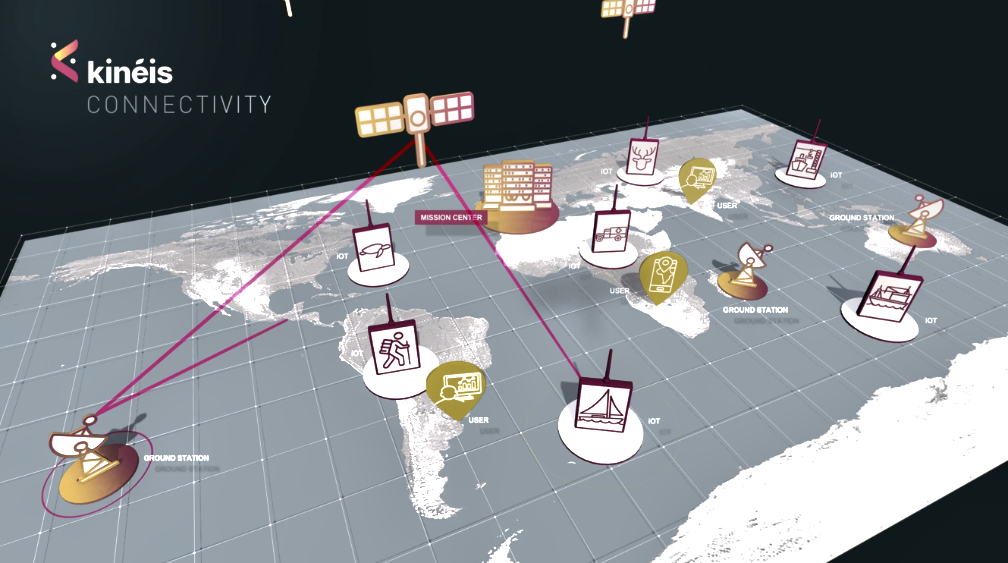
Kinéis operates on a global scale, responding to major challenges such as agriculture, water resource management, early detection of forest fires, logistics, maritime activities, and so on. The aim is to “keep in touch with what matters” by providing concrete solutions to improve everyday life.
The space IoT revolution is being driven by Kinéis, with its 25 “made in France” nanosatellites. The Toulouse-based French space ecosystem, including renowned players such as Hemeria, Thales Alenia Space, Syrlinks, Comat, and CNES, actively supporting Kinéis in this technological revolution. Major financial partners, such as Bpifrance, CLS, BNP Paribas Développement, CELAD, Maison Julien et Kelly Dassault, and Ethics Group, are also contributing to the project’s success. Mission patch,symbol of Kinéis’ vision
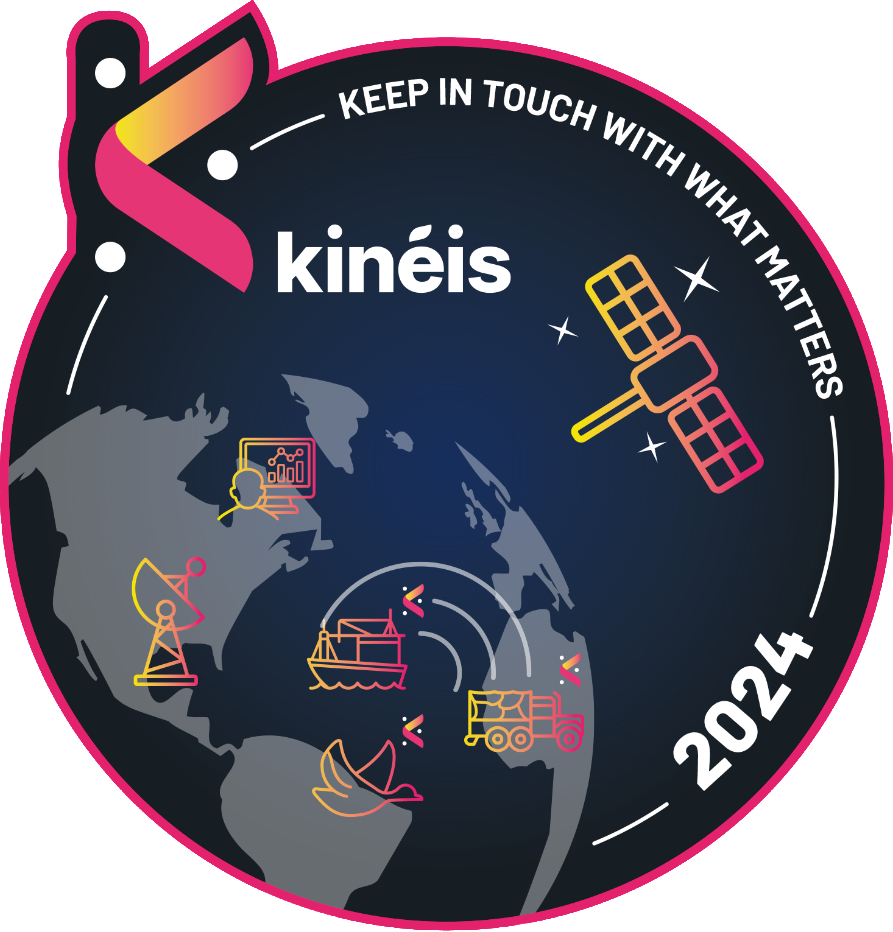
As a symbolic signature of this historic mission, Kinéis unveils its patch representing the essential pillars of the project: global connectivity, a network of ground stations, various applications, and the end user.
Alexandre Tisserant, CEO of Kinéis, said, “I’m delighted to announce the launch window for the Kinéis constellation, the first European constellation dedicated to the Internet of Things. With 5 launches scheduled in the upcoming months, Kinéis is in the final stage of bringing this unique project to a reality, four years after its historic fund-raising. All our teams are mobilized to make this event a technical, operational and commercial success.”
French nationwide drawing competition raises awareness of satellites
Additionally, Kinéis and the Cité de l’espace (City of space) launched a nationwide drawing competition for 6–17-year-olds to raise their awareness of the theme “Satellites to better understand and protect the Earth.”
A panel of judges selected 15 drawings, and the young artists are invited to Hemeria, the Toulouse-based manufacturer of the 25 Kinéis satellites, on Wednesday, January 31st.. They will discover their engraved creations, which will be placed on 15 of the smallsats in the constellation, launched into orbit this year from New Zealand.
A first-of-its-kind operation to celebrate the 2024 French space event Next June, Kinéis will carry out the 1st of 5 launches to place its constellation into orbit, the first European constellation dedicated to the Internet of Things (IoT), a first in the new space sector.
Heir to the Argos technology, Kinéis wishes to make space accessible to all and to develop applications to protect the environment or in areas that are major challenges today: early detection of forest fires, water resource management, agriculture, traceability of wild and farm animals, etc.
The “Your drawing in space” competition illustrates the commitment of Kinéis and its desire to pass on French know-how and expertise in the fields of space and new technologies to the younger generation, boys and girls alike. Kinéis shares with its partner, the Cité de l’espace, this educational drive to raise awareness among the general public of space, its applications and in particular those for protecting the environment.
Participants in the drawing competition were asked to consider the role played by satellites in the fight against global warming. The privilege of discovering the first Kinéis nanosatellites at Hemeria Invited by Kinéis and the Cité de l’espace, the young prize-winners from Occitanie and all over France have the privilege of visiting Hemeria, accompanied by their parents, to admire the smallsats in production that will orbit the Earth, with their drawings on board.
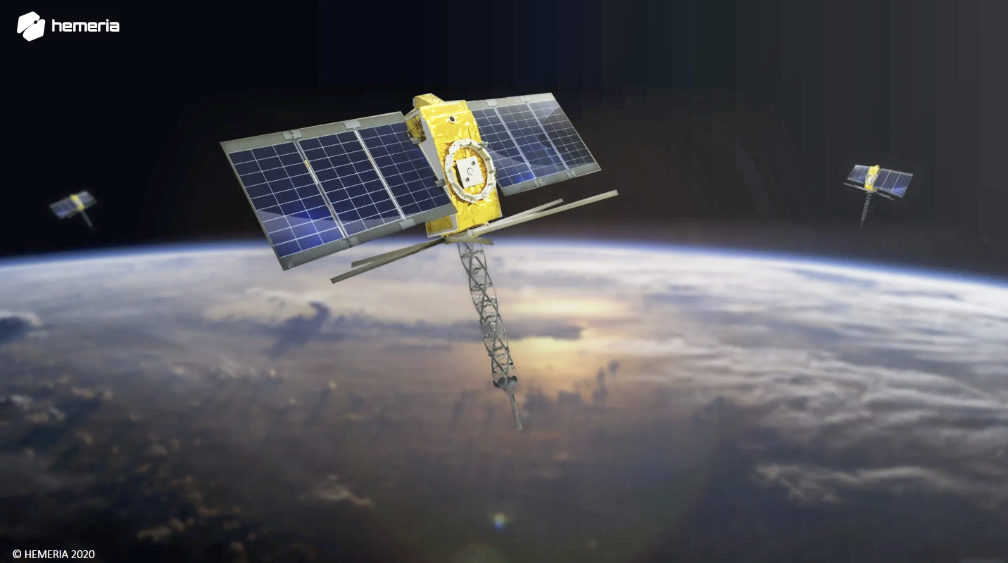
In the Kinéis project, Hemeria is responsible for the platform and payload of the nanosatellites. The company is also producing the 25 satellites in the constellation, for which a special clean room has been established. Sérilec, a Toulouse-based company, has engraved the designs onto 5 x 7 cm metal plates (ballasts) that will be fitted into the satellites before they leave for New Zealand, where they will take off on the five planned launches, starting in June 2024.

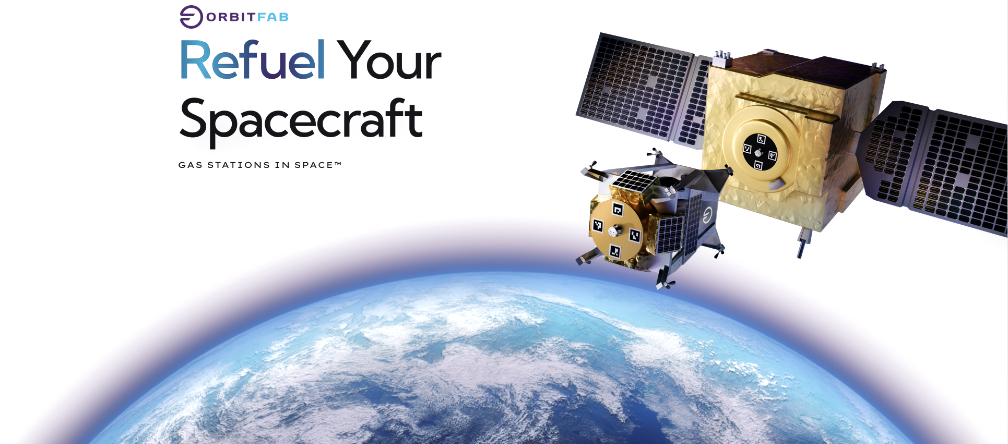
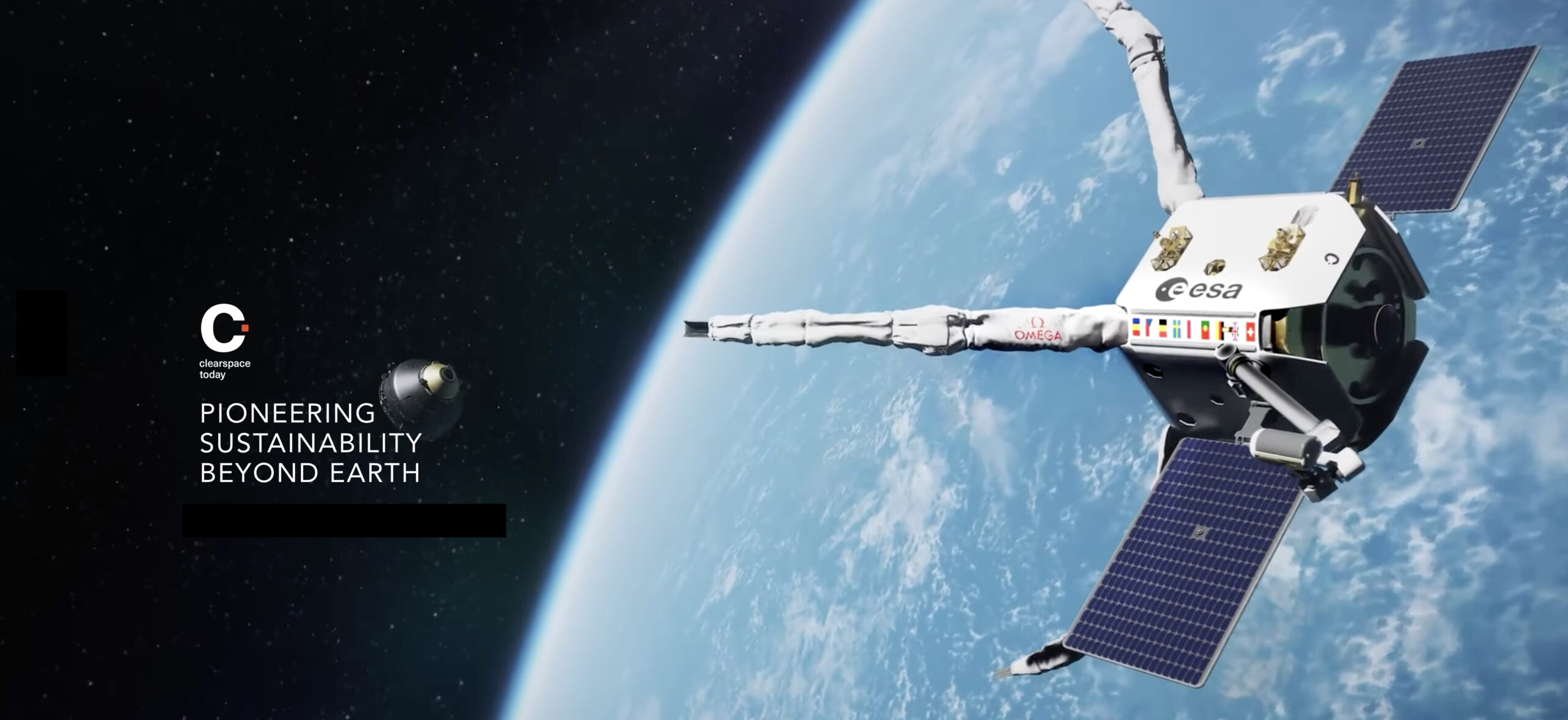
 (Rapidly Attachable Fluid Transfer Interface) refueling ports and its GRIP
(Rapidly Attachable Fluid Transfer Interface) refueling ports and its GRIP